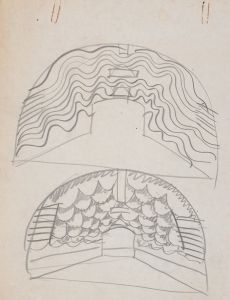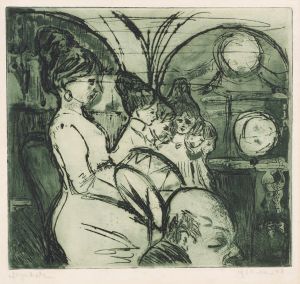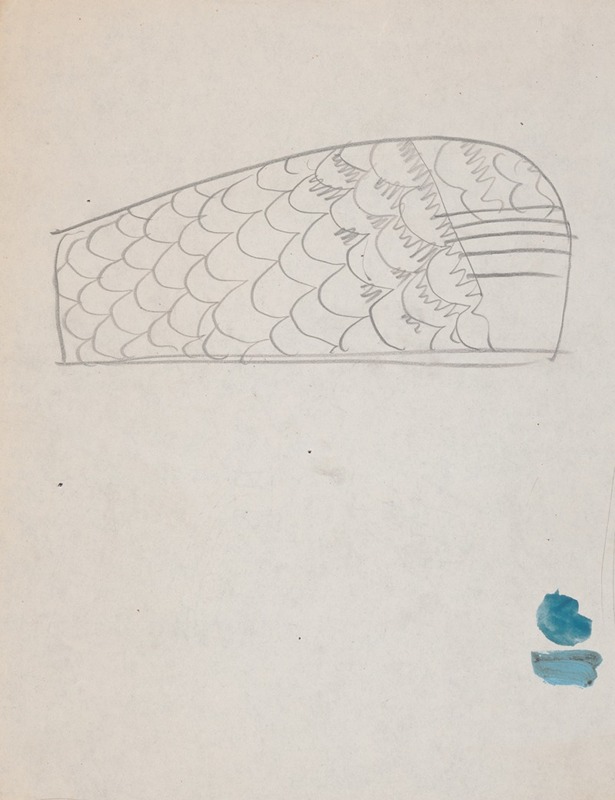
Suggested treatments of Auditorium for Theatre and Concert Hall, New York World’s Fair 1939. Sketch for unlettered scheme
A hand-painted replica of Winold Reiss’s masterpiece Suggested treatments of Auditorium for Theatre and Concert Hall, New York World’s Fair 1939. Sketch for unlettered scheme, meticulously crafted by professional artists to capture the true essence of the original. Each piece is created with museum-quality canvas and rare mineral pigments, carefully painted by experienced artists with delicate brushstrokes and rich, layered colors to perfectly recreate the texture of the original artwork. Unlike machine-printed reproductions, this hand-painted version brings the painting to life, infused with the artist’s emotions and skill in every stroke. Whether for personal collection or home decoration, it instantly elevates the artistic atmosphere of any space.
"Suggested treatments of Auditorium for Theatre and Concert Hall, New York World’s Fair 1939. Sketch for unlettered scheme" is a work by the German-American artist Winold Reiss. Reiss, known for his vibrant use of color and his ability to blend modernist styles with traditional themes, was an influential figure in the early 20th century American art scene. His work often focused on cultural diversity and the celebration of different ethnic backgrounds, which was a reflection of his own experiences as an immigrant in the United States.
The 1939 New York World’s Fair, held in Flushing Meadows-Corona Park, Queens, was a significant cultural event that aimed to showcase the "World of Tomorrow." It featured numerous pavilions and exhibits dedicated to art, science, and industry, highlighting advancements and future possibilities. The fair was a platform for artists and designers to present innovative ideas and designs, and it attracted millions of visitors from around the world.
Winold Reiss's involvement in the fair included creating designs and sketches for various projects, one of which was the "Suggested treatments of Auditorium for Theatre and Concert Hall." This particular sketch was part of a broader vision for the fair's cultural and artistic offerings. Reiss's design work often incorporated bold colors and geometric patterns, which were characteristic of his style and aligned with the modernist aesthetic popular at the time.
The sketch for the auditorium was intended to propose a visual and architectural treatment for a space that would host theatrical and musical performances. While specific details about the sketch's content and design elements are limited, it can be inferred that Reiss's approach would have emphasized harmony between form and function, creating an environment that was both aesthetically pleasing and acoustically effective for performances.
Reiss's contributions to the 1939 New York World’s Fair are part of his broader legacy in American art and design. His work during this period reflected a commitment to integrating art into public spaces and making it accessible to a wider audience. Although not all of his designs were realized, his sketches and proposals remain valuable records of his artistic vision and the cultural aspirations of the era.
The fair itself was a landmark event that left a lasting impact on American culture and the arts, serving as a precursor to future world fairs and expositions. Reiss's involvement underscores the importance of artistic contributions to such events, highlighting how art and design can shape public perception and experience.
Overall, Winold Reiss's sketch for the auditorium at the 1939 New York World’s Fair exemplifies his innovative spirit and dedication to enhancing cultural spaces through art. His work continues to be studied and appreciated for its artistic merit and historical significance.





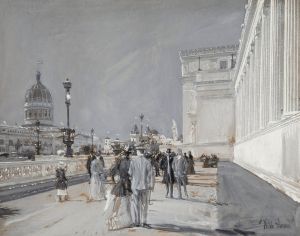
![Design drawings for Community Coffee Shops, Wilkes-Barre, PA.] [Proposed wall treatment, interior elevation color study with bosky murals](/imgs/249275/s/winold-reiss-design-drawings-for-community-coffee-shops-wilkesbarre-pa-proposed-wall-treatment-interior-elevation-color-study-with-bosky-murals-1ff2a82a.jpg)
![Design drawings for the Theodore Weicker Apartment Building.] [Study for metalwork gate](/imgs/249281/s/winold-reiss-design-drawings-for-the-theodore-weicker-apartment-building-study-for-metalwork-gate-8a05d5e9.jpg)
![Design for Figures of Music Building, New York World’s Fair, 1939.] [Elevation detail](/imgs/249284/s/winold-reiss-design-for-figures-of-music-building-new-york-worlds-fair-1939-elevation-detail-b48f5853.jpg)
![Design for fine art print, ‘Three Figures’.] [Expressionist scene with African influence](/imgs/249288/s/winold-reiss-design-for-fine-art-print-three-figures-expressionist-scene-with-african-influence-54464834.jpg)
![Design for Longchamps Restaurant, 79th St., New York, NY.] [Proposed treatment for front of restaurant](/imgs/249289/s/winold-reiss-design-for-longchamps-restaurant-79th-st-new-york-ny-proposed-treatment-for-front-of-restaurant-83a4c86c.jpg)
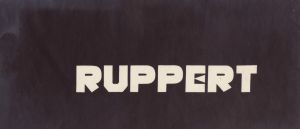
![Miscellaneous small sketches for inlaid table tops.] [Design with female face and cocktail beverage](/imgs/249434/s/winold-reiss-miscellaneous-small-sketches-for-inlaid-table-tops-design-with-female-face-and-cocktail-beverage-70c0c6ed.jpg)
![Miscellaneous small sketches for inlaid table tops.] [Design with zig-zag motif](/imgs/249443/s/winold-reiss-miscellaneous-small-sketches-for-inlaid-table-tops-design-with-zigzag-motif-dbbaeb35.jpg)
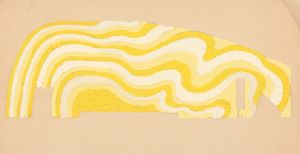
![Suggested treatments of Auditorium for Theatre and Concert Hall, New York World’s Fair 1939.] [Sketch for Scheme A](/imgs/249447/s/winold-reiss-suggested-treatments-of-auditorium-for-theatre-and-concert-hall-new-york-worlds-fair-1939-sketch-for-scheme-a-32d2e6d7.jpg)
